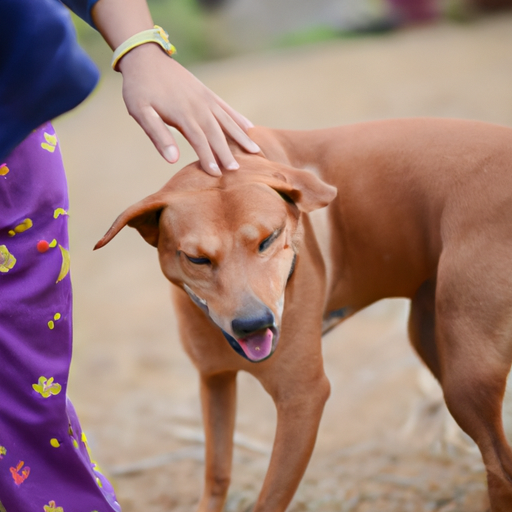As a caregiver, your pet’s health and well-being is of utmost importance to you. Feeling a dog’s stomach is a crucial skill you can harness to help identify potential health issues. In this in-depth guide, we’ll dive into how to feel a dog’s stomach effectively and safely, what to look for, and when it might be time to consult a professional.
Table of Contents
- Understanding the Canine Anatomy
- The Importance of Regular Check-ups
- Step-by-step Guide on How to Feel a Dog’s Stomach
- Common Abnormalities to Look Out For
- FAQs
Key Takeaways
- Knowing how to feel your dog’s stomach can help identify early signs of health issues.
- Regular check-ups are crucial in maintaining your dog’s health.
- Always consult a professional if you notice any abnormalities.
Understanding the Canine Anatomy
Before we delve into the process, it’s important to understand the basic anatomy of a dog’s stomach. This will help you identify what’s normal and what’s not when you’re feeling your dog’s stomach. The canine stomach is located on the left side of their abdomen, just below the ribs. You can learn more about canine anatomy here.
The Importance of Regular Check-ups
Regular check-ups and familiarization with your dog’s body can help detect potential issues early. This includes feeling their stomach as part of a routine health check. Ontopdog provides some useful insights on why these regular checks are so important.
Step-by-step Guide on How to Feel a Dog’s Stomach
Here’s a simple guide on how to feel your dog’s stomach:
- Get your dog comfortable: Start by getting your dog into a relaxed state. This might be easier if you have another person to help keep your dog calm.
- Identify the location: Identify the location of the dog’s stomach. It’s located on the left side of their abdomen, just below the ribs.
- Apply gentle pressure: Gently press your hand into the belly area. Be careful not to press too hard as this could cause discomfort or harm.
- Feel for abnormalities: Feel for any unusual lumps, bumps, or areas of hardness. Pay attention to your dog’s reaction as well. If they seem distressed, stop immediately.
This article on Ontopdog offers a more detailed guide on how to conduct a health check at home.
Common Abnormalities to Look Out For
When feeling your dog’s stomach, here are some abnormalities to look out for:
- Lumps or masses: These could indicate a number of issues, from benign growths to serious conditions like cancer.
- Hardness or bloating: This could be a sign of digestive issues or a serious condition like Gastric Dilatation-Volvulus (GDV).
- Pain or discomfort: If your dog seems uncomfortable or in pain when you touch their stomach, this could indicate a serious condition requiring immediate veterinary attention.
If you notice any of these symptoms, it’s crucial to consult with a professional immediately. Ontopdog has some guidelines on what to do if your dog’s stomach is bloated.
Frequently Asked Questions
Q: How often should I check my dog’s stomach?
A: Regular checks are recommended. Ideally, once a week.
Q: What should I do if I find a lump?
A: If you find a lump, consult a veterinarian immediately. They can conduct further tests to determine the nature of the lump.
Q: My dog seems uncomfortable when I feel their stomach, what should I do?
A: If your dog seems uncomfortable, stop immediately and consult a professional. This could be a sign of pain or discomfort.
Feeling a dog’s stomach is a valuable skill that can help ensure their health and wellbeing. While it’s no substitute for professional veterinary care, it can help identify potential issues early, ultimately benefiting your dog’s health in the long run.



